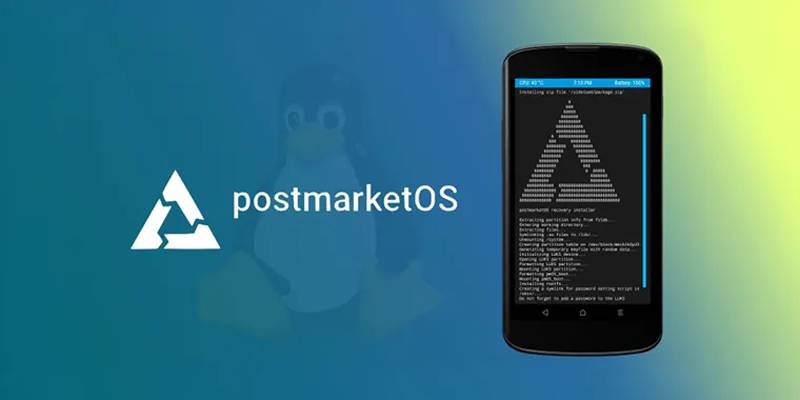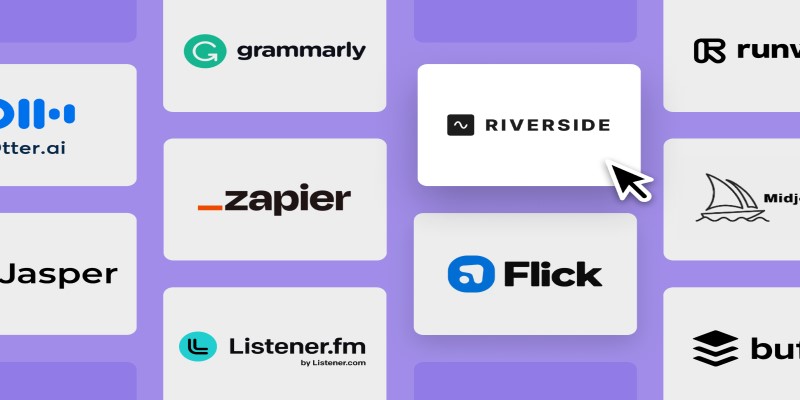The Ultimate Guide to Linking Google Forms with Google Docs Templates
Advertisement
Connecting Google Forms with Google Docs templates can significantly streamline your workflow, saving time and enhancing productivity. By automating the transfer of responses into pre-designed templates, you can effortlessly generate reports, invoices, or personalized documents. This guide will walk you through the process step-by-step, ensuring a seamless integration for your tasks.
Why Link Google Forms to Google Docs Templates?

Linking Google Forms to Google Docs allows you to:
- Auto-generate personalized documents from form responses.
- Standardize document formatting using templates.
- Save time on manual data entry and copy-paste tasks.
- Improve accuracy and consistency in documents.
Whether you're a teacher, event planner, recruiter, or business professional, this setup can help you deliver documents faster and more reliably.
Step 1: Create Your Google Form
Start by creating a Google Form that collects the data you need.
How to Do It:
- Go to Google Forms.
- Click Blank to start a new form.
- Add your form fields such as name, email, date, event title, or feedback.
- Use descriptive labels, as these will be your placeholders in the template.
Tip: Avoid using special characters or unnecessary spacing in question titles. Keep field titles consistent to simplify the integration later.
Step 2: Design Your Google Docs Template
This will be the master document where responses from the form will be filled in automatically.
How to Do It:
- Open Google Docs.
- Create a new document.
- Insert placeholders in double curly braces to represent where the form data should go. For example:
csharp
CopyEdit
Dear {{Name}},
Thank you for registering for {{Event}} on {{Date}}.
Best regards,
Event Team
Each {{placeholder}} must exactly match the corresponding question title in your Google Form.
Step 3: Connect Google Form to Google Sheets
Google Forms automatically creates a linked spreadsheet where all responses are saved.
Steps:
- Open your Google Form.
- Click on the Responses tab.
- Click the green Sheets icon to create a response spreadsheet.
This spreadsheet will serve as the bridge between the form and the Google Docs template.
Step 4: Use Google Apps Script for Automation
To automate the generation of Google Docs using form responses, you’ll use Google Apps Script, a built-in tool that lets you extend Google Workspace functionality.
How to Open Script Editor:
- In the linked Google Sheets file, click on Extensions > Apps Script.
- Delete any default code in the editor.
- Paste the following script:
javascript
CopyEdit
function generateDocument(e) {
const templateDocId = 'PASTE_YOUR_TEMPLATE_DOC_ID_HERE';
const folderId = 'PASTE_YOUR_DESTINATION_FOLDER_ID_HERE';
const docTemplate = DocumentApp.openById(templateDocId);
const destinationFolder = DriveApp.getFolderById(folderId);
const formResponses = e.namedValues;
let docBody = docTemplate.getBody().copy();
let newDoc = DocumentApp.create('Generated Document');
let body = newDoc.getBody();
body.setText(docBody.getText());
for (let field in formResponses) {
let placeholder = `{{${field}}}`;
let value = formResponses[field][0];
body.replaceText(placeholder, value);
}
DriveApp.getFileById(newDoc.getId()).moveTo(destinationFolder);
}
Step 5: Set Up Trigger for Automation
Now, configure the script to run automatically whenever a form is submitted.
Steps:
- In the Apps Script editor, click the clock icon (Triggers) on the left panel.
- Click + Add Trigger.
- Choose the generateDocument function.
- Set the event type to On form submit.
- Save and authorize the script when prompted.
Once set up, every new form submission will automatically create a personalized document based on the template.
Step 6: Test the Integration

Before deploying the setup, run a few test submissions to ensure everything is functioning properly.
Checklist:
- Are placeholders correctly replaced with form data?
- Is the new document stored in the right folder?
- Are all fields from the form included?
- Is the document formatting preserved?
If errors occur, double-check that:
- The placeholder names should match the form question titles exactly to ensure proper data mapping and functionality. Double-check for typos or mismatches.
- Ensure the correct template and folder IDs are used to avoid errors or misplaced files. Verify these IDs in the script for accuracy.
- The script must be authorized properly to function as intended. Make sure all necessary permissions are granted during the authorization process.
Tips for Best Results:
- Use Clear Field Labels: Avoid ambiguous field names. Use terms like Full Name, Email Address, Registration Date, etc.
- Consistent Naming: Stick to the same casing and spelling between the form and the Google Docs template.
- Use Separate Folder for Output: Organize generated documents into a dedicated folder to keep things clean and accessible.
- Backup Your Script: Keep a backup of your script code in case changes disrupt the workflow later.
Real-World Applications:
Here are a few scenarios where this automation can be extremely useful:
- Education: Easily auto-generate certificates of completion for participants or students, saving time and ensuring a consistent, professional look. Perfect for workshops, online courses, or training programs.
- Human Resources: Streamline your hiring process by creating onboarding documents like offer letters, employment contracts, or policies with ease, tailored to new hires.
- Event Planning: Simplify post-event tasks by auto-generating event confirmations, personalized thank-you notes, or even attendance summaries for your guests or attendees.
- Customer Service: Provide a personal touch by creating detailed, personalized feedback summaries for customers, helping improve relationships and satisfaction.
- Sales Teams: Save time by automating the creation of accurate quotes or invoices using client input, ensuring quick turnarounds and error-free documentation to close deals faster.
Limitations to Keep in Mind:
- Quota Limits: Google Apps Script has set daily quotas, such as limits on the number of documents it can create, send, or process. These quotas ensure fair usage across all users but can be restrictive for high-volume tasks. It’s important to monitor these limits to avoid interruptions in your workflow.
- Security: Ensuring that only authorized users can access the script and generated documents is critical. Proper permissions should be set to maintain data privacy and prevent unauthorized access, especially when working with sensitive or confidential information.
- Manual Maintenance: The script may require updates if there are changes to the form’s questions, template placeholders, or structure. Regular checks and testing are necessary to ensure that everything runs smoothly and that output documents remain accurate.
Conclusion:
Linking Google Forms to Google Docs templates can significantly enhance your productivity by automating repetitive documentation tasks. You can streamline your workflow across industries and use cases with a clear template, organized form fields, and a simple script. This process not only saves time but also ensures consistent and accurate document generation, empowering you to focus on more strategic activities.
On this page
Why Link Google Forms to Google Docs Templates? Step 1: Create Your Google Form How to Do It: Step 2: Design Your Google Docs Template How to Do It: Step 3: Connect Google Form to Google Sheets Steps: Step 4: Use Google Apps Script for Automation How to Open Script Editor: Step 5: Set Up Trigger for Automation Steps: Step 6: Test the Integration Checklist: Tips for Best Results: Real-World Applications: Limitations to Keep in Mind: Conclusion:Advertisement
Related Articles

Top ActiveCampaign Alternatives to Try in 2025 for Smoother Workflows

The 10 Best Email Drip Campaign Software in 2025 to Automate Your Outreach

March postmarketOS Update Brings GNOME 48 and COSMIC Integration

The Best AI Chatbots in 2025 to Power Conversations and Save Time

The Best All-in-One Messaging Apps in 2025 for a Streamlined Communication Life

The 8 Best AI Sales Assistant Software in 2025 to Boost Your Pipeline

Slack vs. Teams: Which Should Your Business Use for Better Collaboration

The 12 Best AI Marketing Tools in 2025 to Boost Reach and Cut Workload

Smartsheet vs. Asana: Which Project Management App is Right for You

The Tool Debate: Browser-Based or Installed

Discover the 4 Best Journal Apps in 2025 to Boost Your Writing Routine

 lameuplay
lameuplay